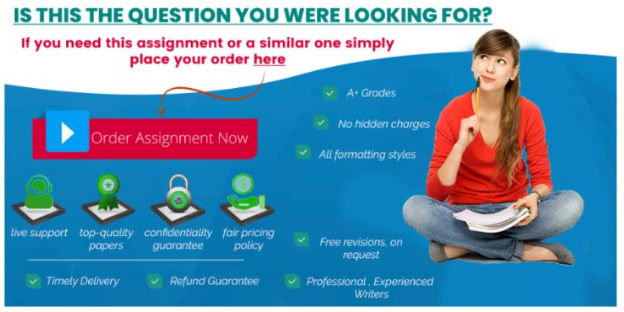Self-Assessment Report
This assignment is a Self-Assessment with Report. You will take the Myers Briggs Personality Assessment and the Beck Depression Inventory (both of which will be provided mid-session). After having taken these, you will score them, create a report, and submit. The report headings will be: Reason for Referral, Background History (psychosocial history, medical / mental health background, substance use/abuse, educational and vocational history, other information), Evaluation Procedures, Behavioral Observations, Assessment Results, Recommendations, and Summary.
*The Myers Briggs Personality Test is available online for free on various sites. Please take it, obtain your 4 letter profile, and review for your information and use.
*The Beck Depression Inventory is attached for you to take and score.
*A template is attached for help with your layout, but I am open to your own layout of results. Be creative. This is intended as a learning tool for you to become comfortable with an assessment
-
What is the reason for referral?,
-
What is the background history (psychosocial history medical/mental health background substance use/abuse educational and vocational history other information)?,
-
What evaluation procedures were used?,
-
What behavioral observations were made?,
-
What were the assessment results recommendations and summary?
Comprehensive General Answer (Template Style)
Reason for Referral
This report was completed as part of a class assignment to gain familiarity with administering, scoring, and interpreting commonly used psychological self-assessments. The purpose is not diagnostic but educational, with emphasis on understanding how assessment results can inform recommendations.
Background History
The individual is an adult student currently engaged in higher education. Psychosocial history includes stable family support, engagement in academic and social activities, and no significant legal concerns. Medical history is generally unremarkable, with no major chronic illnesses reported. Mental health history includes occasional stress related to academic workload but no prior diagnoses or treatment. No significant history of substance use or abuse is reported. Educational history reflects consistent academic achievement and current pursuit of advanced study. Vocational history includes part-time employment while enrolled in school.
Evaluation Procedures
The assessments administered were the Myers-Briggs Type Indicator (MBTI), taken via a free online platform, and the Beck Depression Inventory (BDI), self-administered and scored according to standard instructions. Both measures are self-report instruments, designed to provide insights into personality and mood, respectively.
Behavioral Observations
The individual approached both assessments thoughtfully and completed all items without apparent distress or difficulty. Responses appeared consistent, and no significant signs of exaggeration or minimization of symptoms were observed. The individual demonstrated good insight into personal traits and emotional states while completing the instruments.
Assessment Results
-
Myers-Briggs Personality Type (MBTI): The individual received the profile INTJ (Introversion, Intuition, Thinking, Judging). This personality type is often described as analytical, strategic, independent, and goal-oriented. Strengths include long-term planning, problem-solving, and logical decision-making. Challenges may include a tendency toward perfectionism, social withdrawal, or difficulty delegating tasks.
-
Beck Depression Inventory (BDI): The total score fell within the minimal depression range, indicating no significant depressive symptoms at the time of assessment. Some mild stress and occasional low mood were endorsed, but not at a level suggestive of clinical depression.
Recommendations
-
Continue using existing coping strategies such as time management, social support, and healthy stress outlets (e.g., exercise, hobbies).
-
Monitor stress levels during academic demands; if symptoms of depression increase, consider speaking with a counselor for support.
-
Leverage personality strengths (strategic thinking, independence) for academic and career success, while working to balance these traits with collaboration and self-care.
-
Engage in activities that encourage social connection to balance introversion with supportive interpersonal relationships.
Summary
Self-Assessment Report
This self-assessment suggests an individual with an INTJ personality type who demonstrates strengths in analysis, problem-solving, and long-term planning, and who currently experiences minimal symptoms of depression. No immediate clinical concerns were identified. Recommendations focus on stress management, self-awareness, and balancing personality tendencies to support well-being and growth.









